Batman is a stalwart of the superhero scene, and it’d be easy to think he was popular ever since the character was introduced in Detective Comics #27. In reality, we owe a lot of the caped crusader’s current style to mercurial director Tim Burton, whose 1989 Batman revival set the tone for the Dark Knight’s latest slate of films.
To celebrate the 30th anniversary of the year of the film’s release, grab your Batarang, hop into your Batmobile, and join us for these Bat-facts about the landmark production.
20. Ray Liotta turned down multiple role offers

Inspired by the earlier success Warner Bros had enjoyed in casting the then-unknown Christopher Reeve as Superman, the team on Batman were also keen to get a relatively fresh face under the iconic pointy-eared cowl.
[rtk_adunit_top]
One actor they were particularly keen to get on board was Ray Liotta. Aged 35 at the time, the New Jersey-born actor had only a handful of roles to his name, and caught the attention of the Batman filmmakers thanks to his unhinged turn in 1986’s Something Wild.

However, as Liotta was approached comparatively early in the project’s development, it wasn’t yet clear what a mean and moody take on the material it would prove to be. Fearing it would be as goofy as the 60s TV show, Liotta declined to meet the producers.
[rtk_adunit_middle]
As we all know, this cleared the way for Michael Keaton. Later, Liotta would be approached again for two other roles – those of the Joker, and Harvey Dent – but once again, he turned them down flat.
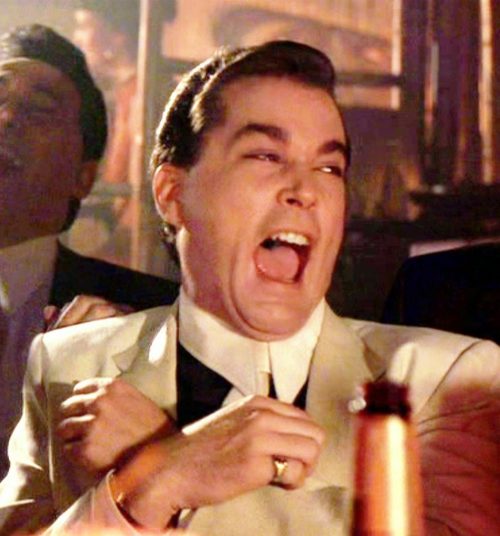
Unsurprisingly, the actor has since expressed regret over these decisions, but this clearly didn’t hurt him too much professionally given 1989 saw him land a plum role in Field of Dreams, and soon thereafter he got the part that defined his career in Martin Scorcese’s Goodfellas.
[rtk_adunit_bottom]
19. Michael Keaton almost didn’t say “I’m Batman”

As we all know from every subsequent big screen incarnation of the role (not to mention that hilarious scene between Seth Rogen and Zac Efron in Bad Neighbours), an essential quality of any great Batman is the ability to say “I’m Batman” in a cool voice.
[rtk_adunit_top]
Michael Keaton successfully cemented himself in the role by uttering those very words in his first scene – but it wasn’t always going to be that way.
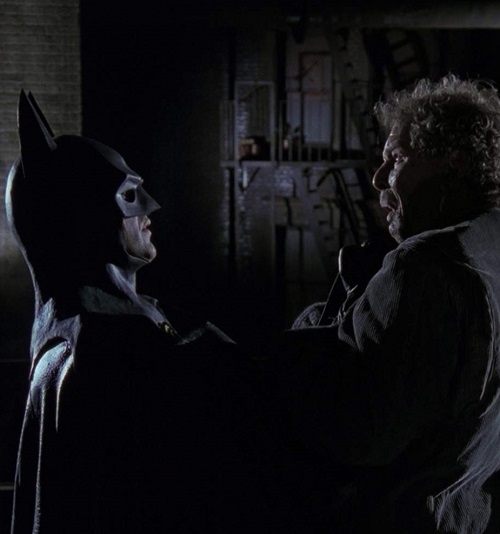
As written in the shooting script, when the Dark Knight dangles Christopher Fairbank’s terrified mugger off the rooftop edge, the exchange was a little more verbose, and ended with Batman declaring, “I am the night.”
[rtk_adunit_middle]
This scene made its way to print as originally written, in the DC Comics adaptation of the movie, based on Sam Hamm’s screenplay.

Clearly seeing the value of keeping it simple, Keaton suggested he simply whisper, “I’m Batman.” Good job really, as decades later it remains one of the great hero introductions in film. Nor was it the actor’s only significant innovation…
[rtk_adunit_bottom]
18. Keaton came up with the Bat-voice
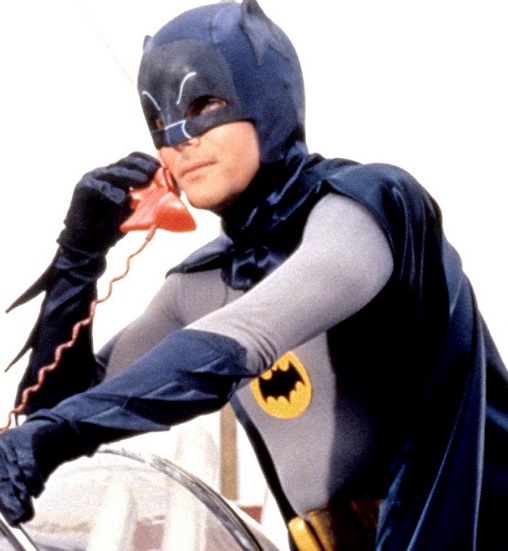
Following on from Adam West (not to mention the often-overlooked Lewis Wilson and Robert Lowery, who played the role in the largely forgotten serials of the 40s), Michael Keaton was charged with the not-inconsiderable responsibility of defining Batman for a new generation.
[rtk_adunit_top]
All concerned were anxious to stand well apart from the camp and kitsch of the West years, and bring a degree of grit and realism to the character and his world – and to this end, Keaton hit upon what was then a new idea for Batman.

It was at the actor’s suggestion that he used a different, lower voice in the Bat-suit to that which he used as Bruce Wayne. As obvious as it might seem, none of his predecessors had done it.
[rtk_adunit_middle]
As Keaton explained in recent years, he had to “have a logic to it… there’s no way this (criminal) doesn’t just look at me and say, ‘That’s Bruce Wayne, everybody! I figured it out!'”

It’s hard to argue with that logic, and lo and behold, every subsequent Bat-actor has followed suit – except George Clooney in Batman and Robin, but maybe we just shouldn’t talk about that one.
[rtk_adunit_bottom]
17. Another idea of Keaton’s didn’t make the final cut

Given the two men previously collaborated on the outlandish supernatural comedy Beetlejuice, it’s hardly surprising that Michael Keaton and Tim Burton share a certain predilection for the macabre and unexpected.
[rtk_adunit_top]
That being the case, when Keaton had some more bizarre ideas regarding the dual personality of Batman/Bruce Wayne, the director was more than happy to take these ideas on board.

One of the more bizarre ideas that made the cut was Keaton’s suggestion that Vicki Vale should wake up in the night at Wayne Manor to see Bruce Wayne sleeping upside down, bat-like. Keaton had studied the animals in preparation for the film, and tried to incorporate elements of this in his performance.
[rtk_adunit_middle]
One even weirder contribution which wound up hitting the bin was Keaton’s suggestion that – in line with adopting a different voice – some sort of literal transformation from Bruce Wayne to Batman should be apparent. To this end they shot a suiting up sequence which, in Keaton’s words, “showed him going into a sort of trance and it justified this shift in him.”
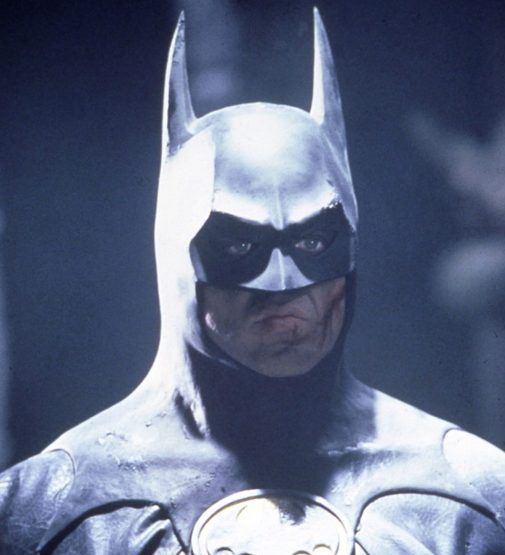
It’s not hard to see why this would wind up on the cutting room floor – but unfortunately, no footage of this deleted ‘Bat-trance’ scene has ever been made public.
[rtk_adunit_bottom]
16. Jack Nicholson made some enemies in the costume department
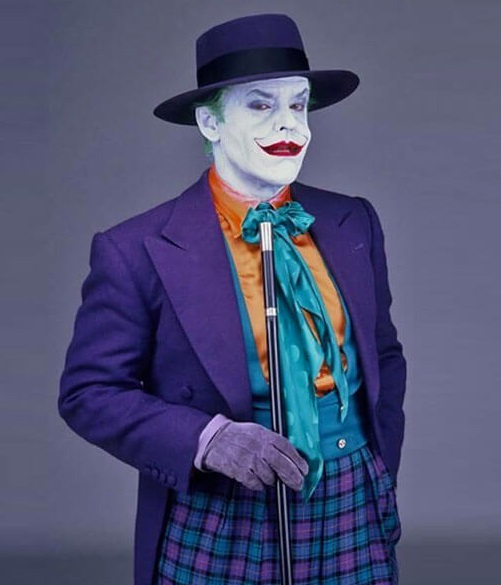
As vital as it is to cast the right actor in the role, it’s also very important to make sure they’re dressed up just right, especially when it comes to such pop culture icons as Batman and The Joker. Costume designer Bob Ringwood and his team had their work cut out for them, and that work paid off on screen, netting Ringwood a BAFTA award nomination.
[rtk_adunit_top]
However, whilst Nicholson worked closely with Ringwood and co on the Joker’s look (notably suggesting that plaid be brought into the mix), he had an on-set habit which rubbed some of them up the wrong way.

Ever the showman, Nicholson took to delighting visitors at the Pinewood Studios set with a memento, in the form of an autographed pair of his Joker gloves.
[rtk_adunit_middle]
Of course, every time Nicholson did this, new gloves had to be made. Ringwood pleaded with Nicholson to stop doing it, to which the actor eventually agreed… but kept doing it anyway.

There are no exact figures available for just many gloves Nicholson signed, and how many more Ringwood’s team had to make, but it’s thought to be in the hundreds.
[rtk_adunit_bottom]
15. Billy Dee Williams was meant to return as Harvey Dent
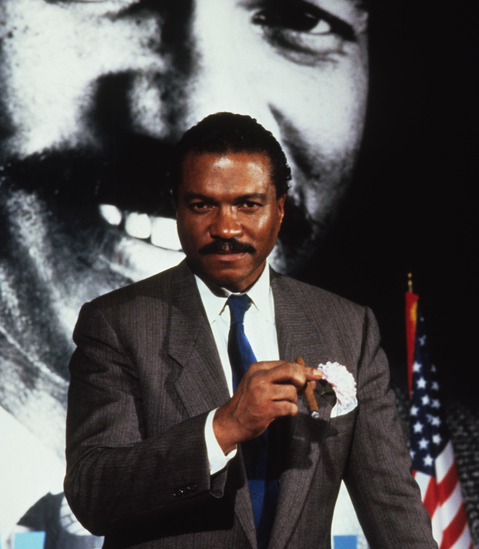
There’s been no shortage of controversy in recent years whenever an actor of colour has been cast as an originally white comic book character – so it’s easy to forget that Batman already broke ground there back in 1989, by casting Billy Dee Williams as Gotham City District Attorney Harvey Dent.
[rtk_adunit_top]
Of course, anyone who knows their Batman knows that the initially benevolent Dent turns villainous suffering a hideous facial injury that transforms him into Two-Face – and this was originally intended to happen in a sequel with Williams returning.

Unfortunately for Williams, he was shown the door when the time finally came for Batman to battle Two-Face in 1995’s Batman Forever, as Tommy Lee Jones – by far the bigger star at the time, not least for his Oscar-winning turn in The Fugitive – was cast in the role instead.
[rtk_adunit_middle]
Rumour had it that Warner Bros had to buy Williams out of a two-picture clause to recast the role, but Williams himself later debunked this, insisting he’d only ever been contracted for one film.
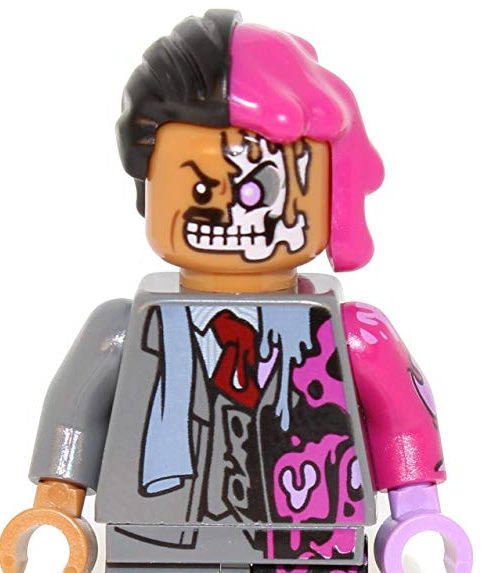
Happily, Williams would eventually get to play Two-Face on film – in a voice actor capacity, at least – in The Lego Batman Movie.
[rtk_adunit_bottom]
14. Jack Nicholson was laughing all the way to the bank

Billy Dee Williams might not have got the best contract on Batman, but the same certainly can’t be said of his illustrious co-star Jack Nicholson – and not surprisingly, as Nicholson was very much the star of the show, given Michael Keaton’s comparative obscurity at the time.
[rtk_adunit_top]
As well as getting top billing over Keaton, Nicholson’s deal for playing the Joker grabbed him a hefty salary indeed, which broke new ground in 1989 and remains a bit of an eye-waterer even now.

On top of the not-inconsiderable upfront fee of $6 million, Nicholson also took a percentage of the profits for the movie, the merchandising, and the sequels – despite the fact that he never played The Joker or any other role in a Batman movie again.
[rtk_adunit_middle]
Accounts vary as to just how much Nicholson made once the dust settled, but it’s generally estimated to be in the vicinity of $50-60 million – and that’s in 1990s money, without adjusting for inflation (meaning it equates to upwards of $100 million today).

Yes, you’d have plenty to grin about yourself under the circumstances.
[rtk_adunit_bottom]
13. Kim Basinger was cast very late in the day
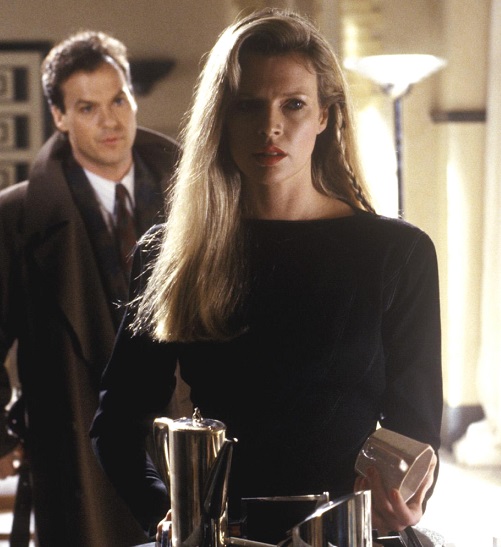
As the first, and to date only live action incarnation of Bruce Wayne’s old love interest Vicki Vale, Kim Basinger has a special place in comic book history, and in the hearts of a generation of movie lovers. Strange to think that it very nearly didn’t happen.
[rtk_adunit_top]
Up to more or less the last minute (or more precisely, one week before principal photography was due to begin), Vicki Vale was all set to be played by Blade Runner actress Sean Young.

In what for Young proved a tragic twist of fate, the actress was practising horse riding specifically for a scene in the movie when a fall left her with a broken collar bone, ruling her out of shooting the movie.
[rtk_adunit_middle]
Luckily, Kim Basinger’s schedule was clear, and – though she didn’t have much time to learn her lines – she was able to get to work straight away.
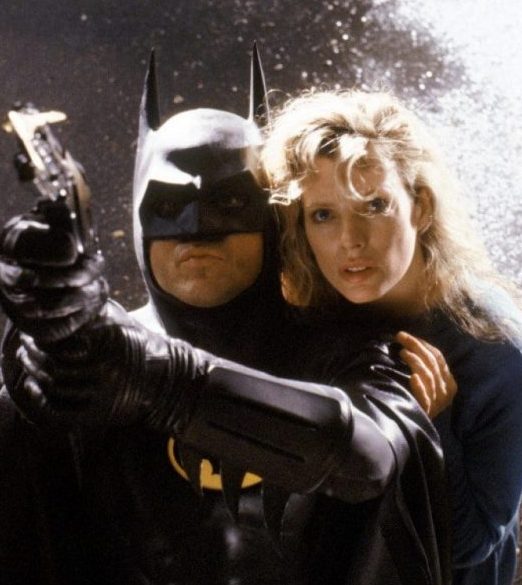
In a sadly ironic footnote to the story, the horse-riding scene in question was ultimately never filmed.
[rtk_adunit_bottom]
12. The ending was almost a lot darker

Burton’s film quite rightly gets a lot of credit for giving audiences a far less cute and cuddly take on the character than those raised on the Adam West TV show would have expected at the time – but earlier drafts of the script were still that bit grimmer than that which wound up on screen.
[rtk_adunit_top]
For one, the supporting character of roving reporter Alexander Knox was originally intended to die during the Joker’s Smylex gas attack on streets of Gotham.
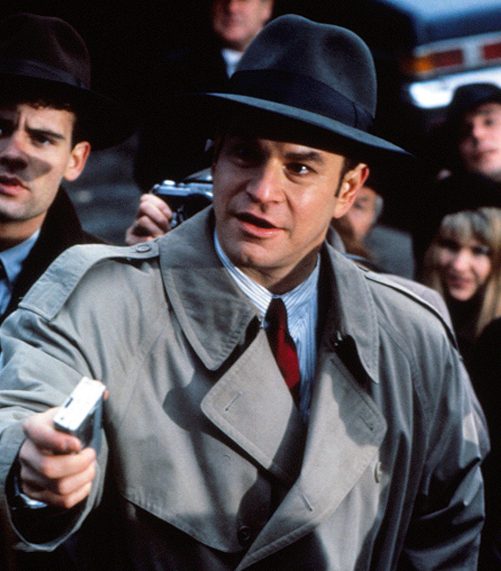
Actor Robert Wuhl’s take on the character proved endearing enough for Burton and co to have a change of heart during production, and Knox’s life was spared.
[rtk_adunit_middle]
However, it seems they were determined to some real heartbreaking tragedy in there somewhere – hence at one point they were planning to have the Joker kill Vicki Vale towards the end, leaving Batman desperate for vengeance.

Obviously there was a rethink there too, but it would seem this drive to give Batman personal motivation to defeat the Joker resulted in what, for many, was the movie’s most controversial embellishment of the core Batman story…
[rtk_adunit_bottom]
11. Tim Burton insisted on having The Joker kill Bruce Wayne’s parents

In the original Bob Kane-Bill Finger comics, and later in Christopher Nolan’s Batman Begins, Thomas and Martha (“WHY DID YOU SAY THAT NAME?”) Wayne were shot dead in a random mugging by low-level criminal Joe Chill.
[rtk_adunit_top]
1989’s Batman deviates significantly from this origin story by having a younger incarnation of the man who will become the Joker pull the trigger on the Waynes – and, as much as this prompted debate among fans, so too was it debated behind the scenes.

This particular plot point was not in Sam Hamm’s shooting script, but Burton was dead set on using it. As a big fan of the comics himself, Hamm argued against the move, and for a time brought the director around to his way of thinking.
[rtk_adunit_middle]
However, once Batman started shooting a writer’s strike was underway, effectively ending Hamm’s involvement in the film – and, in his absence, Burton went ahead and put it back in the movie.
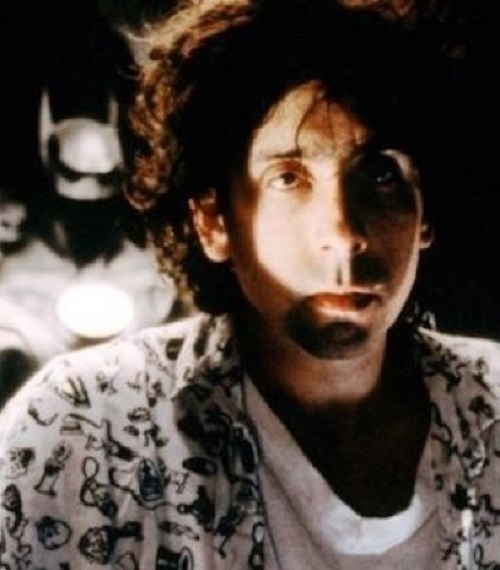
With those kind of Machiavellian tactics, we might wonder whether Burton might make a great super-villain himself…
[rtk_adunit_bottom]
10. It might have been called Batman in Outer Space
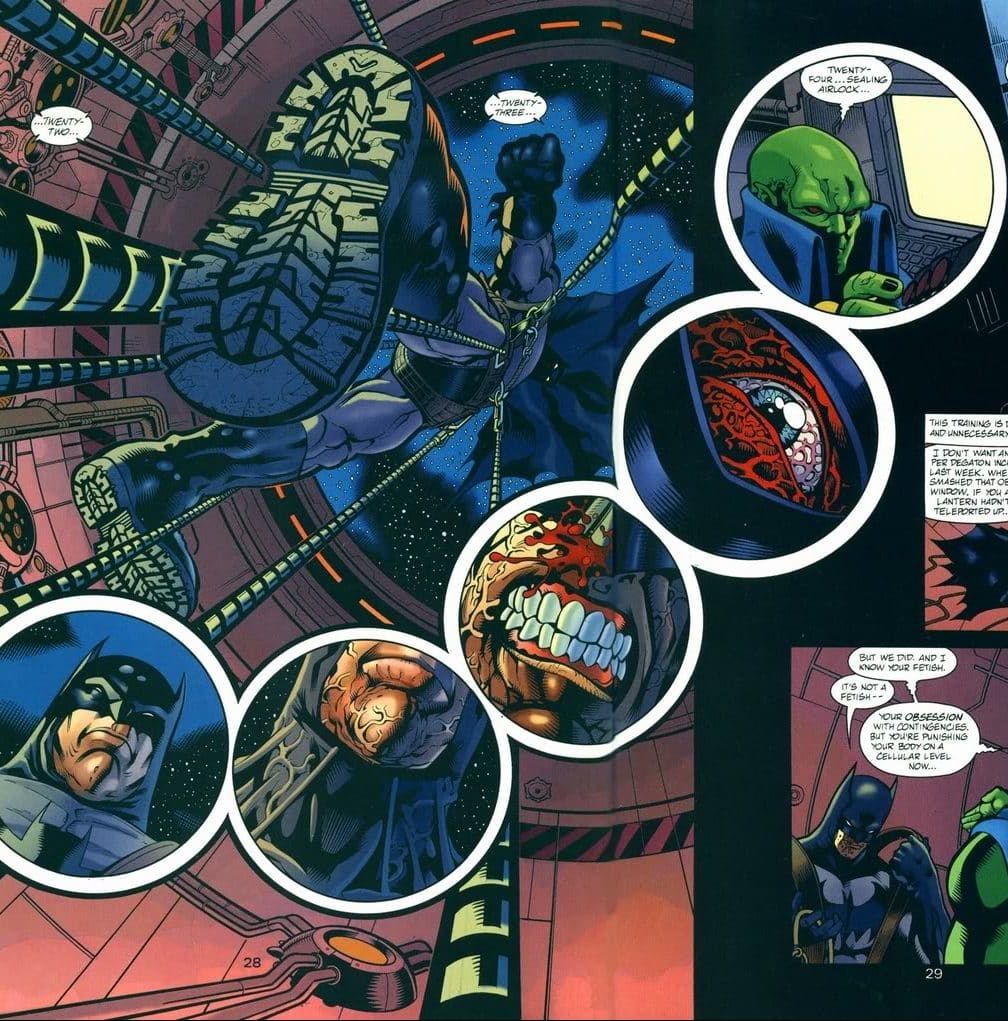
After the campy, 60s Batman started to wear thin, CBS purchased the film rights to the character from DC Comics and started drafting some more… radical ideas for the direction of a mooted film franchise. Following the success of the Superman films, producers considered copying the more interstellar side of the man of steel.
[rtk_adunit_top]
As bizarre as it might seem, Batman has proven that he’s able to survive in the vacuum of space, trained to do so by the Martin Manhunter in an issue of the Justice League of America comic book series.
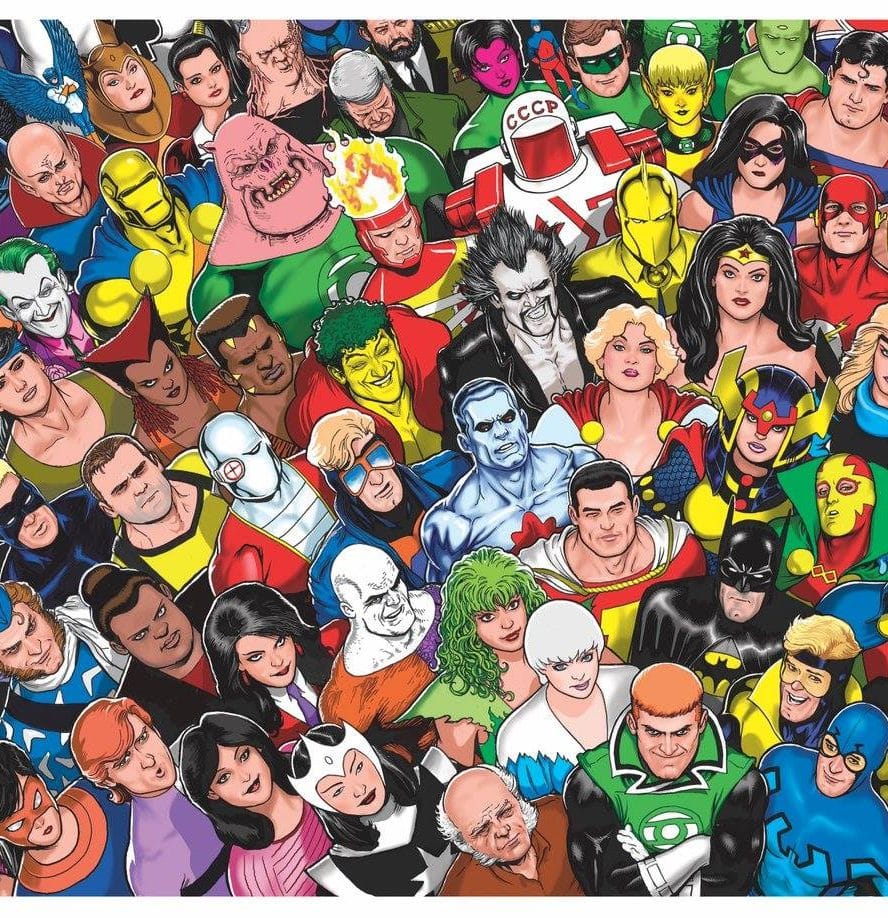
Batman has also survived in a vacuum in an early issue of Justice League International, though this was apparently due to an artificial atmosphere being temporarily created due a programming directive in an artificially intelligent satellite. Who knew?
[rtk_adunit_middle]
We’re not saying Batman in Outer Space would have had the world’s greatest detective going full Space Aquaman and breathing freely, and it seems like a bad idea on the face of things, but let’s be honest – it definitely would have reignited interest in the character.

Batman even gets a spacesuit in LEGO Batman 3: Beyond Gotham, finally fulfilling the fantasy of seeing Bruce Wayne brood in the darkest night of all: the cold vacuum of space.
[rtk_adunit_bottom]
9. Tim Burton was picked for director because of Pee-wee Herman
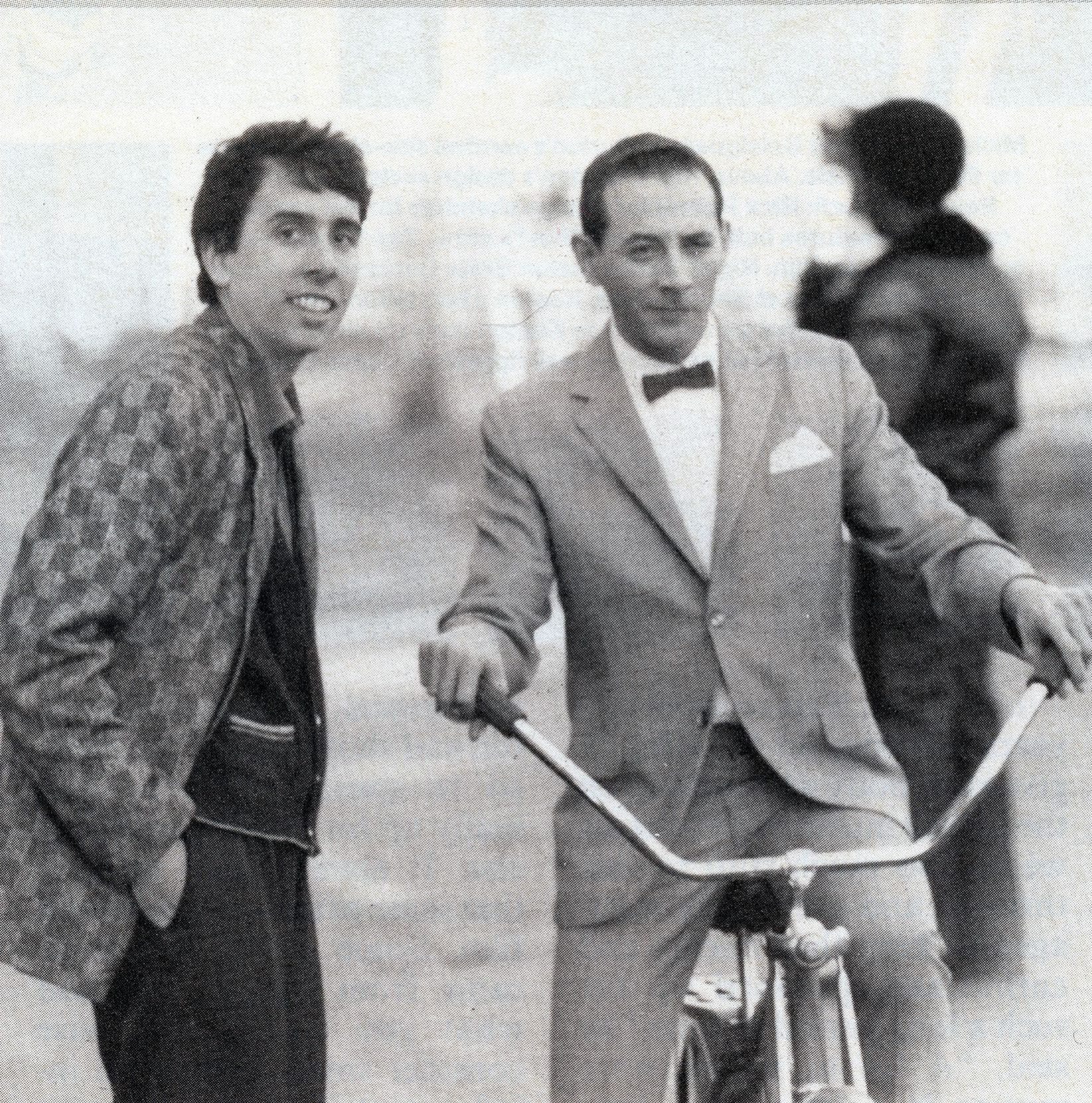
Love him or hate him, Tim Burton is one of the most visually iconic directors of our time, and the success of Batman (1989) owes much to Burton’s warped and moody Gotham. Swept under the rug in favour of Burton’s more arthouse-style offerings, however, is the film that gave him his big break.
[rtk_adunit_top]
In fact, Pee-wee’s Big Adventure (1985) was not only Burton’s first full-length directorial debut, but was also a roaring financial success, making back its budget five times over in the domestic market alone.
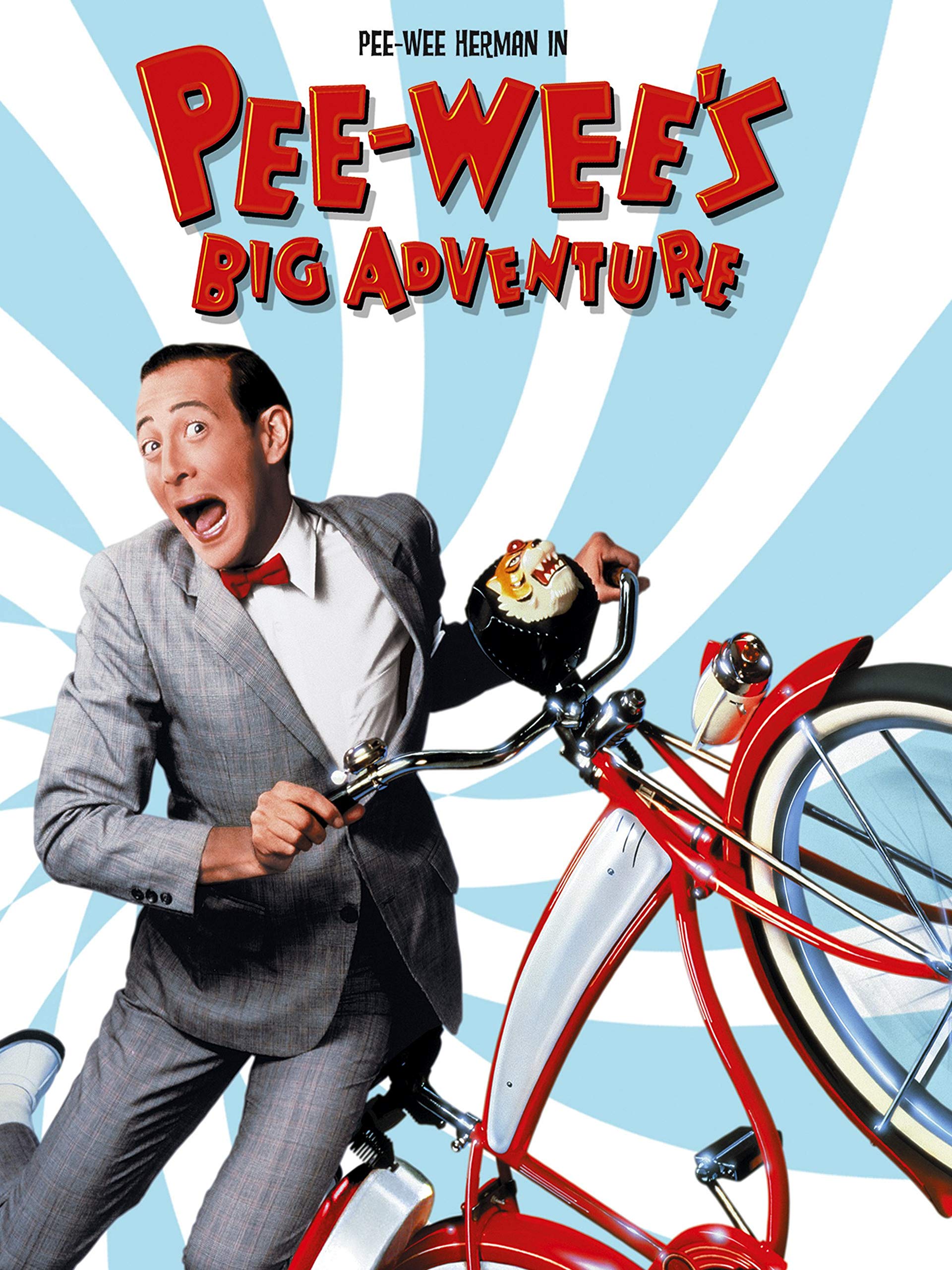
The film is an out-and-out farce, but scratch a little below the surface and you’ll find all of Tim Burton’s usual quirks. For one thing, the film is scored by long-time Burton collaborator Danny Elfman, and the plot of the film is in fact based on the seminal Italian Marxist film Bicycle Thieves (1948), which details the slow descent into criminality and despair after a man is robbed of his livelihood.
[rtk_adunit_middle]
All in all, that premise doesn’t exactly scream comedy, but with Phil Hartmann at the scriptwriting helm, it turns out anything can be funny.
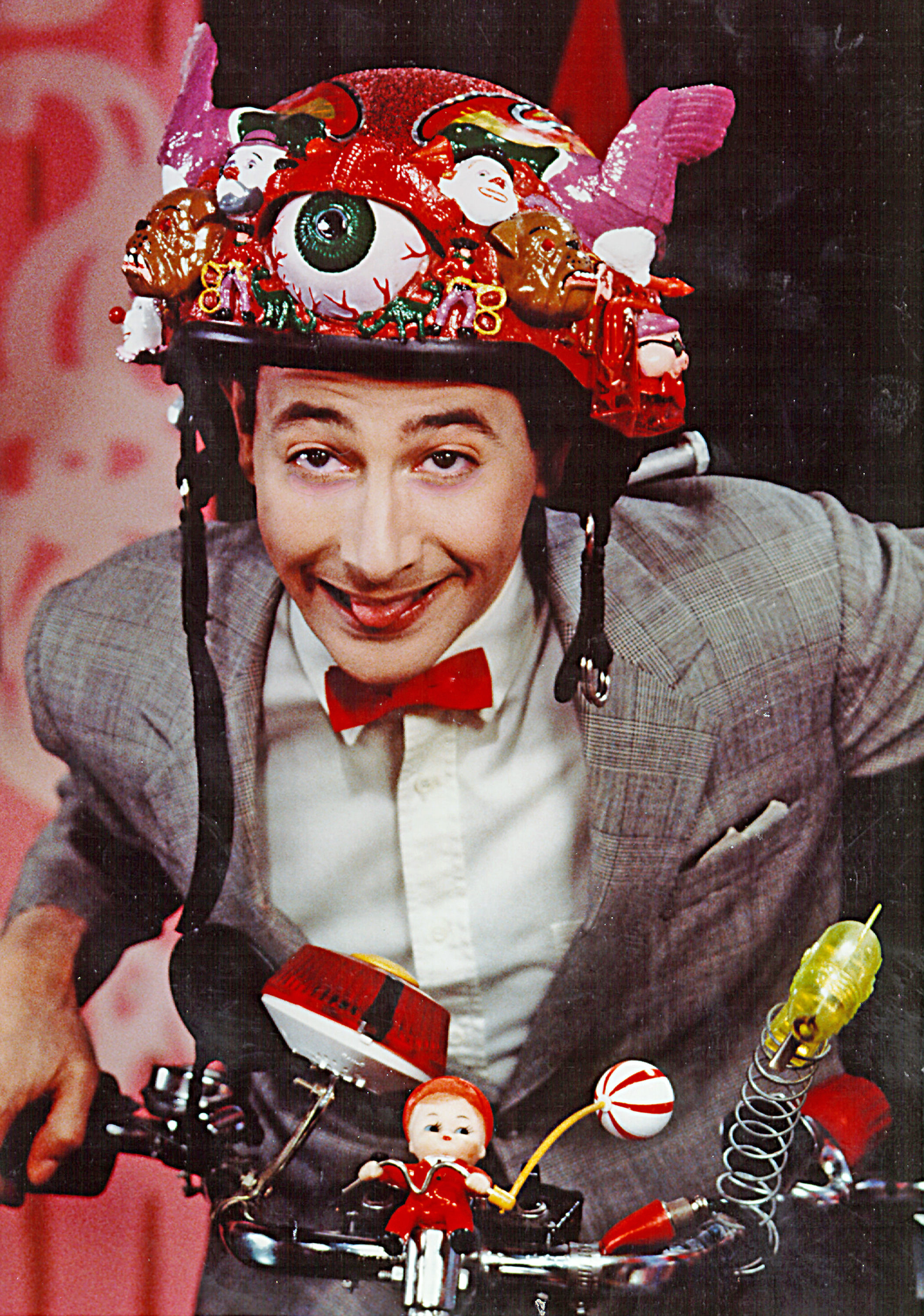
Combined with the positive reviews for Beetlejuice (1988), CBS thought Burton would be the perfect fit for the latest incarnation of the Dark Knight. Maybe one day we’ll see Paul Reubens in that title role – once Robert Pattinson has hung up the cowl, of course.
[rtk_adunit_bottom]
8. The film’s villain wasn’t originally going to be the Joker
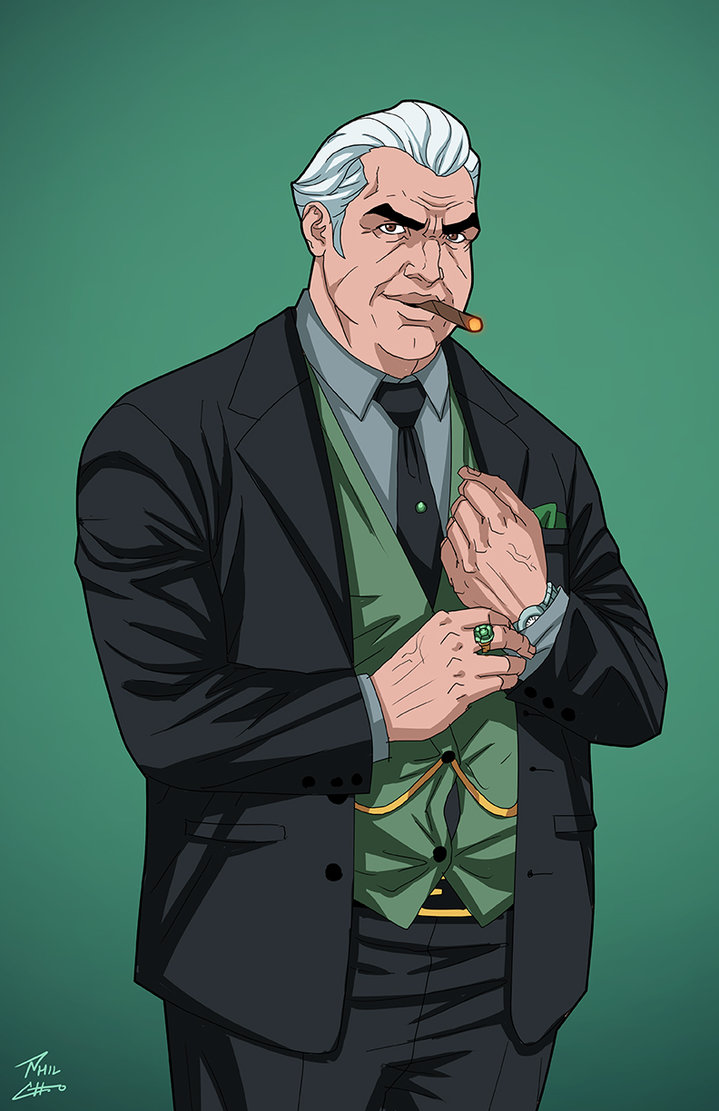
If you’re racking your brain for films starring cult ’80s actor Rupert Thorne, you’re going to come up short. Thorne is actually a lesser-known player in Batman’s deep rogues gallery, at least in terms of portrayals on the silver screen.
[rtk_adunit_top]
One of the major crime bosses of Gotham, Thorne unfortunately tends to get overshadowed by the more weird and wonderful residents of Gotham’s seedy underbelly like the Penguin and, of course, the Joker himself.

That being said, Thorne did get his dues in Batman: The Animated Series, in which he’s featured far more prominently. A corrupt politician, he uses his influence to have the city council declare Batman an outlaw, and later participates in an auction to win knowledge of Batman’s secret identity.
[rtk_adunit_middle]
First introduced in 1977, it’s easy to draw parallels between Thorne’s corruption and the aftershocks of the Watergate scandal; his bushy eyebrows and jowls definitely bring Richard Nixon to mind. But when Burton came to film his version of Batman a decade later, Thorne’s city government sleaze might not have resonated quite so much.
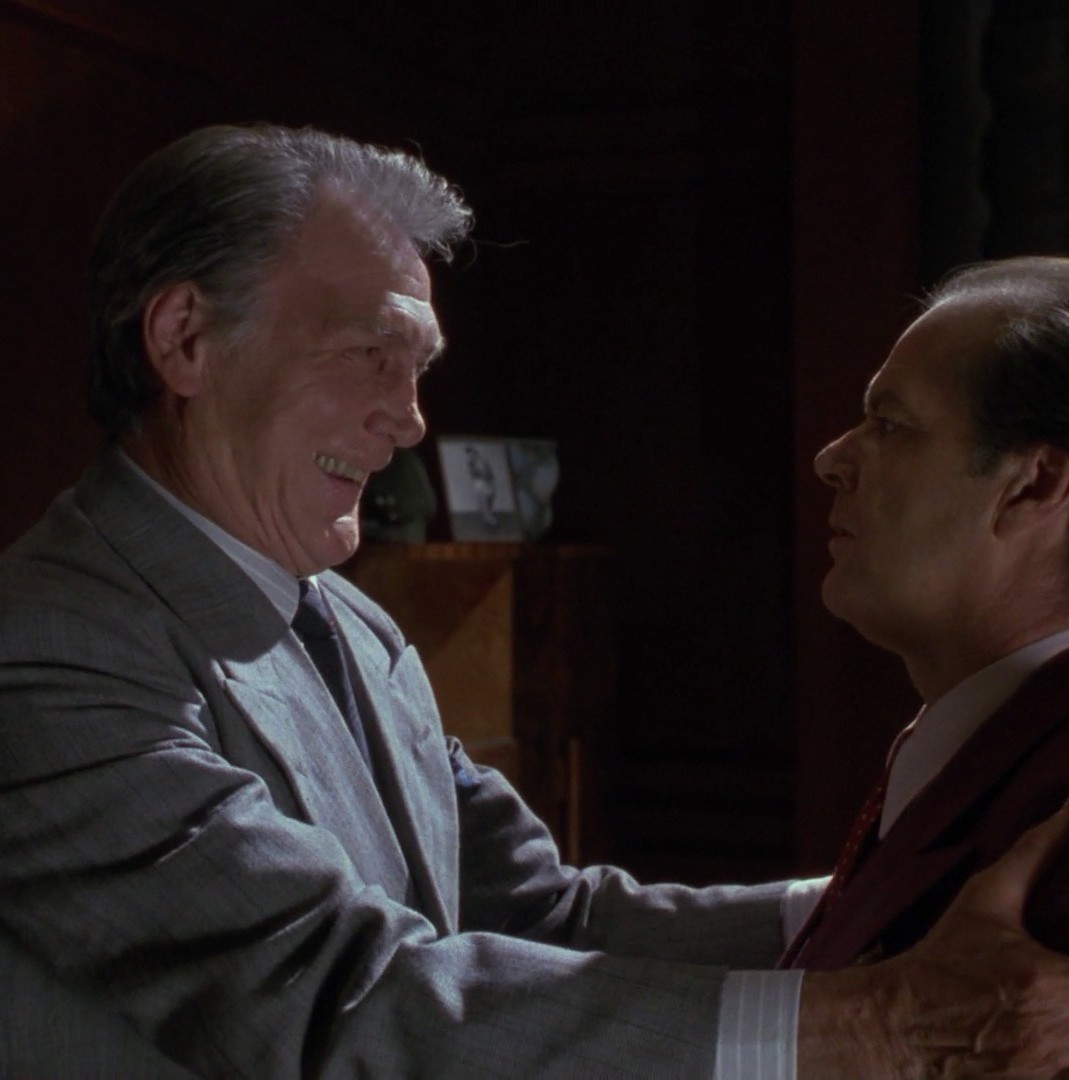
It would have been fairly easy to keep Thorne in the film. Jack Nicholson’s Jack Napier is first despatched to ACE Chemicals by mob boss Carl Grissom – with Napier later meeting Batman, falling into a vat of chemicals, and becoming the Joker. In fact, Grissom was adapted from Thorne’s character, but given a “normalised” name by scriptwriter Sam Hamm.
[rtk_adunit_bottom]
Whether ‘Grissom’ is more normal than ‘Thorne’ is up for debate, but whatever the reasons behind his removal, Thorne still has yet to make his debut on the big screen.
7. Fans didn’t want Michael Keaton

If you thought that all the commotion and rage over Ben Affleck or Robert Pattinson was something particular to the social media era, think again. As much as we might love Keaton’s portrayal of the caped crusader now – so iconic that Keaton spun Oscar gold from Birdman (2014), a satirical take on his first cowled role – the fan reaction was significantly worse when news of his casting first emerged.
[rtk_adunit_top]
Producers for the film had originally considered Willem Dafoe in the early days of the film’s development, but landed on Keaton given Burton’s positive experience of directing him in Beetlejuice.

While he might now be more famous for award-winning turns in the aforementioned Birdman and Spotlight (2015), it’s worth remembering that Keaton rose to fame as a sitcom star, with his big-screen breaks coming in comedies like Night Shift (1982) and Johnny Dangerously (1984). Given the souring of opinion towards Adam West’s more comedically inclined Batman, fans worried that having Burton direct Keaton would turn the famously dour Bruce Wayne into more of a cavorting crusader than a caped one, with Beetlejuice as the template.
[rtk_adunit_middle]
More than 50,000 letters of protest were sent to the Warner Bros. offices demanding that the choice be reconsidered. After all, Kevin Costner, Dennis Quaid, and even Charlie Sheen had been in the frame. Come the film’s release, however, Keaton’s performance was loved by critics and audiences alike.

The saga is reminiscent of the uproar over Ben Affleck’s casting – and the consternation over his chin in particular – whose portrayal was also ultimately received well. With similar concerns over Twilight star Robert Pattinson taking on the role, it seems like panic over casting choices will forever be a part of Batman’s cinema releases.
[rtk_adunit_bottom]
6. The production team were banned from taking inspiration from Blade Runner
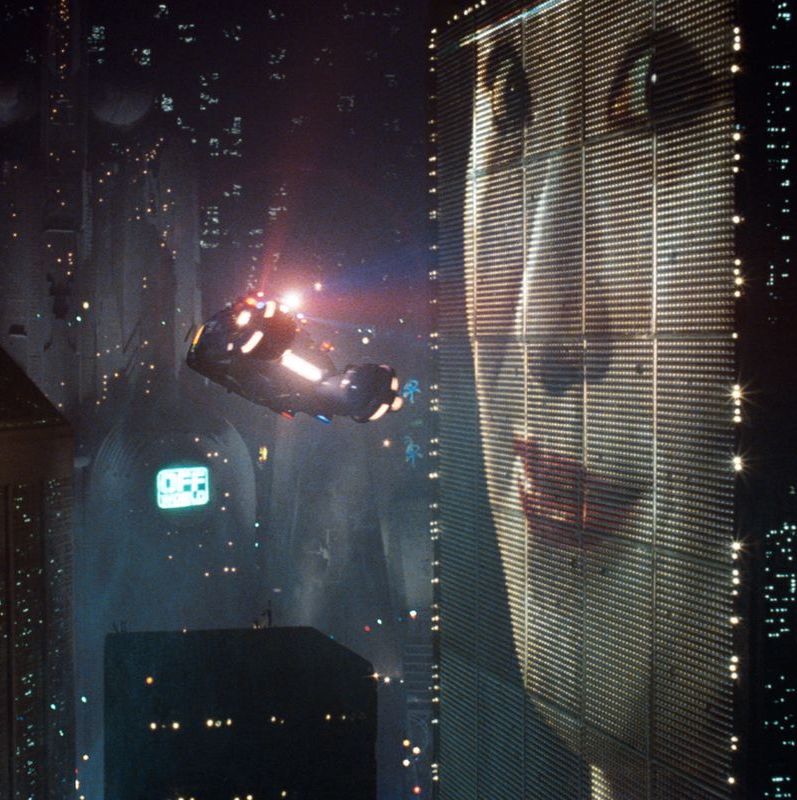
For a decade full of bright synth pop and relentless political optimism, there sure were a lot of dark dystopias depicted on film in the 80s. The most famous of these is probably Blade Runner (1982), featuring Harrison Ford flying around a city overrun with neon, advertising, and rain. In fact, the dark environment of the film had already become so iconic that it was in danger of seeping into several other releases.
[rtk_adunit_top]
Like Ridley Scott’s 2019 Los Angeles, Gotham is also famed for its dingy alleyways, moonlit skies and rampant urbanisation. The surface-level similarities are so strong that Anton Furst, the production designer for Batman (1989) forbade his team from watching the cult sci-fi flick during the design phase of the film.

Additionally, neon was dropped entirely, with the team instead drawing on stark photographs of mid-twentieth century New York, as well as buildings designed by Japanese architect Shin Takamatsu. Furst wanted a more chaotic feel: “A city run by crime, with a riot of architectural styles. An essay in ugliness. As if hell erupted through the pavement and kept on going.”
[rtk_adunit_middle]
As a result, without neon or even that much colour, buildings warp and criss-cross in a way that feels true to the Gotham City of the comics without seeming too unrealistic.

The production design was marked for particular praise by critics, to the point that it almost became a sticking point: Burton was accused of prioritising the look of the set and the film in general above the character of Batman himself.
[rtk_adunit_bottom]
5. The Batmobile was based on Salt Flat Racers from the 1930s

In the 1960s TV series and film, the Batmobile, already a mainstay of the franchise, was much more recognisably a car. It began as a concept car by Ford, the Lincoln Futura, which was beefed up and given an iconic red-and-black paint job to transform it into Batman’s preferred mode of transport.
[rtk_adunit_top]
As with much of the film, Burton and his team took the Batmobile back to the drawing board, plumping for something far more strange and ghost-like in keeping with the tone of the production.

The enormous turbine in the front is a dead giveaway of the jet aircraft inspirations, but Furst claims that in the end the team drew upon “pure expressionism,” looking at Salt Flat Racers for the sleek design they wanted. In particular, Sir Malcolm Campbell’s famous ‘Blue Bird’, which claimed the world land speed record in 1935, served as source material.
[rtk_adunit_middle]
The Blue Bird reached a speed of 301.129mph on the Bonneville Speedway in Utah, driven by Major Sir Malcolm Campbell. Looking at both cars, the futuristic and curvy look is an obvious connection.
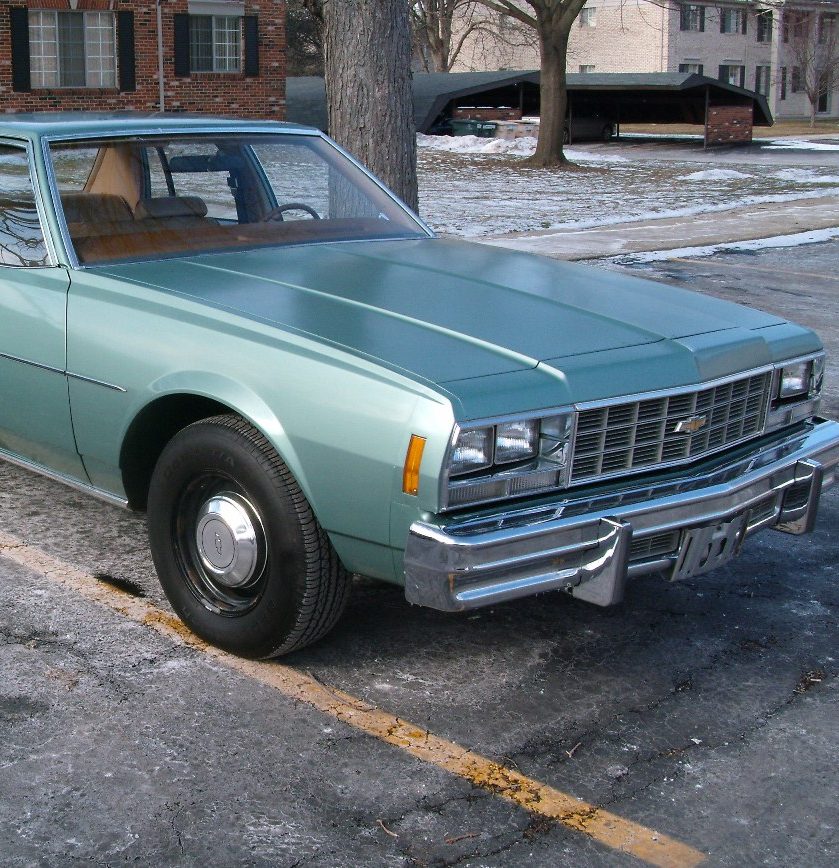
In the end, the Batmobile was built around a sixth generation Chevrolet Impala, after attempts to work the chassis of a Jaguar and a Ford Mustang both failed.
[rtk_adunit_bottom]
4. It could have been a Batman and Robin origin story
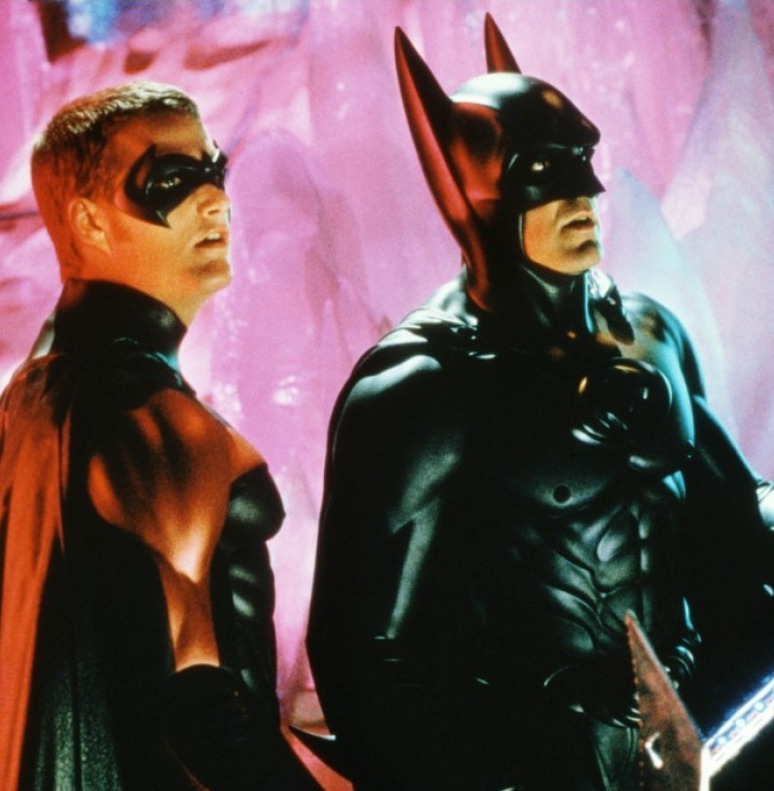
In the original Tom Mankiewicz script, Dick Grayson – or Robin – played a much larger role. In fact, the film mostly focused on the origin story of the dynamic duo, and was simply titled The Batman.
[rtk_adunit_top]
Mankiewicz imagined a starry cast, including Peter O’Toole as the Penguin, Bill Murray as Batman and Eddie Murphy as Robin. The film was mooted with a $20 million budget and was announced in the mid-80s.
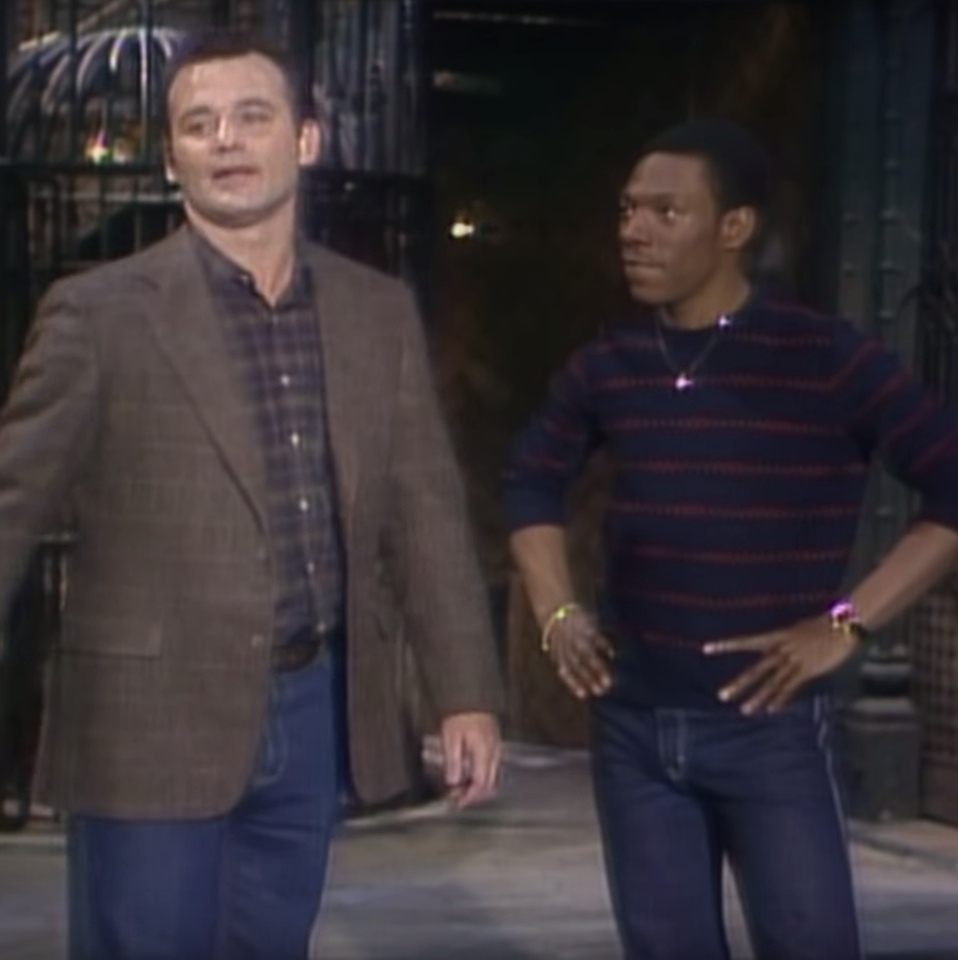
As we know, this version never came to pass. The script underwent nine separate rewrites, though Mankiewicz’s original vision was still used as a guideline. Unfortunately, Dick Grayson’s character and role in the film continued to be reduced.
[rtk_adunit_middle]
When Burton came aboard, he hired Sam Hamm to rework the script, which reduced Grayson from a supporting character all the way down to a cameo.
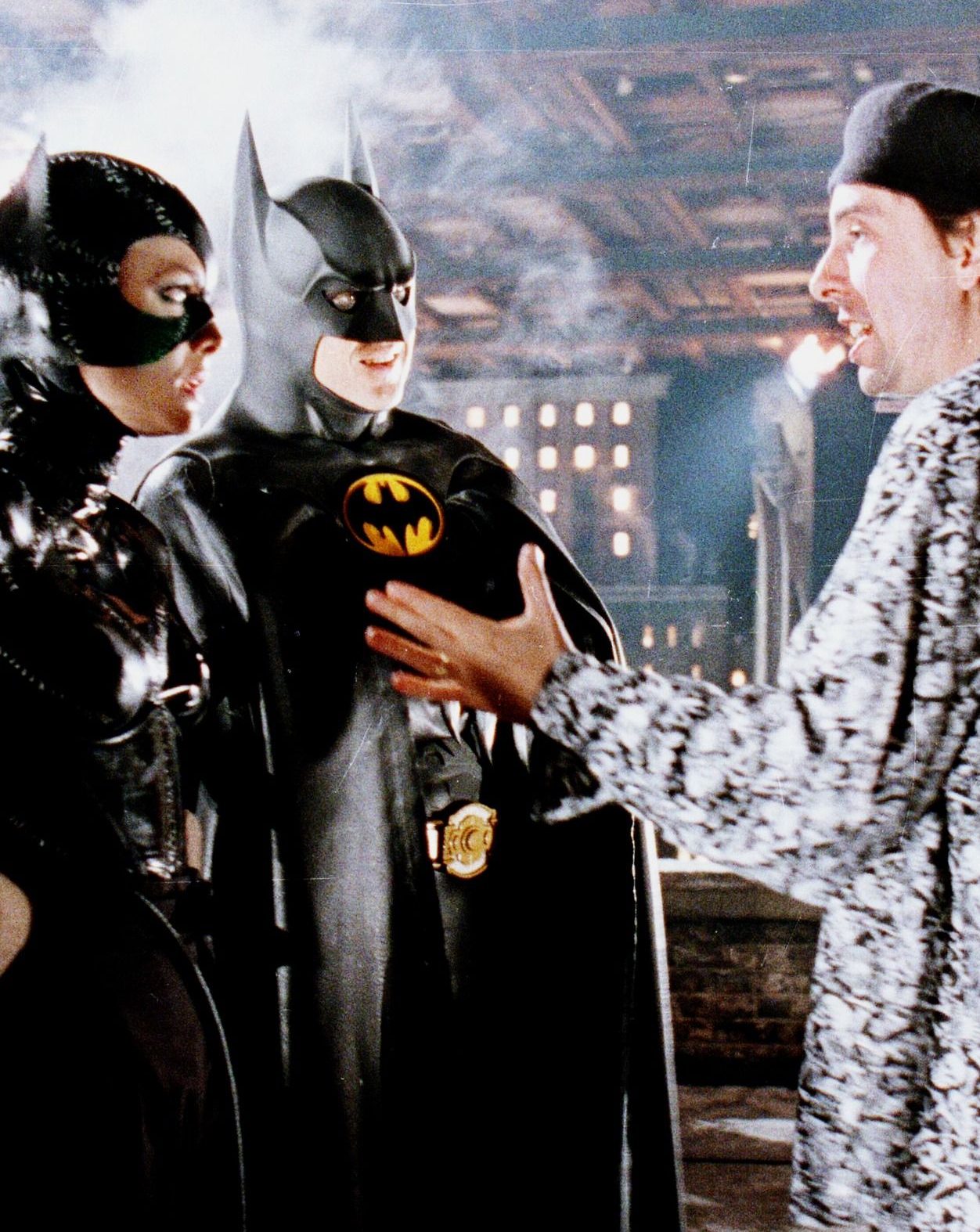
Just before shooting began, there was still a glimmer of hope for the Boy Wonder. Unfortunately, filming was complicated by the 1988 Writers Guild of America strike, in which Hamm was prohibited from rewriting anything.
[rtk_adunit_bottom]
Dick Grayson was present in the shooting script, but ended up being deleted because his character was judged to be irrelevant. Fans of the acrobatic crimefighter wouldn’t see him in action until the much-maligned Batman Forever (1995) which replaced Tim Burton with Joel Schumacher and Michael Keaton with Val Kilmer.
3. Prince nearly wrote the score
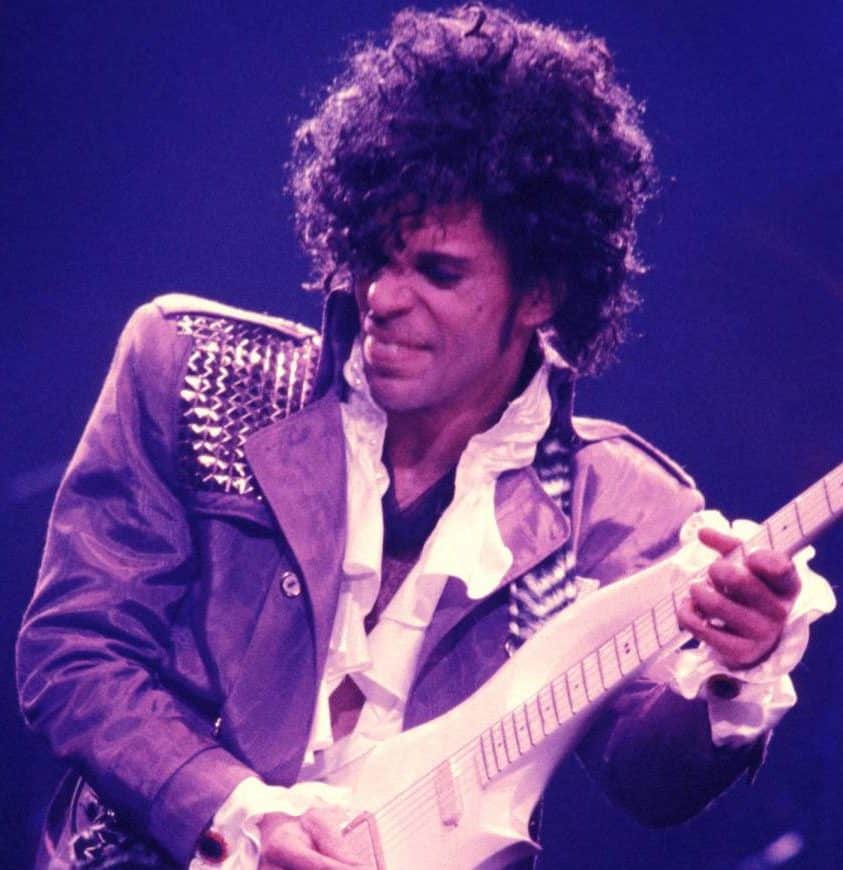
We know now that Burton insisted on Danny Elfman to score his film, a pairing tried and tested on Pee-wee’s Big Adventure that would become almost inseparable. At the time, however, producers had different ideas. They wanted to capitalise on the big commercial successes of the time, with Prince tipped to write music for the Joker, and Michael Jackson in the frame for some romance songs.
[rtk_adunit_top]
As a compromise, Elfman decided to integrate both of these styles into his eventual score.

Elfman was doubted on all sides, with producers unconvinced that the inexperienced Elfman could handle such a big budget production, and Burton worried that drawing on a commercially successful soundscape wouldn’t fit with the strange and gothic style of the film.
[rtk_adunit_middle]
In the end, Elfman won out, his iconic main theme persuading producers that he had the chops to score what would go on to become the most successful film of the year.

Elfman was pleasantly surprised to learn that his score was to be collected and released on its own album, a practice more common today but rare in the 80s. He was stunned.
[rtk_adunit_bottom]
Unfortunately, he was unhappy with the sound quality on the record, claiming that the English crew who had worked on it had been negligent and uninterested in bringing his score to life. Despite this, the LP was a huge success.
2. Michael Keaton hated wearing the suit

Getting the chance to wear the iconic Batsuit is the dream of millions, but it was a challenge for Keaton and the production team. For one thing, Keaton’s average build meant he wasn’t physically intimidating, and the costume needed to compensate.
[rtk_adunit_top]
In contrast to the 60s incarnation of the caped crusader, Burton chose an all-black suit. There was even talk of a Nike product placement, which would have been something to behold.

Michael Keaton is famously claustrophobic, and despised wearing the suit. The main reason for this was the immobility of the cowl, made of latex, which clung around the face and inhibited movement of the neck.
[rtk_adunit_middle]
Incredibly, this issue with costume design wouldn’t be fixed until The Dark Knight (2008), meaning four different actors would have to put up with a stiff neck!

Tim Burton apparently saw Keaton’s discomfort as a positive, claiming that the suit put his lead actor in a dark state of mind, better suited to connecting with cinema’s broodiest superhero.
[rtk_adunit_bottom]
While fan reaction to the suit was initially negative, Batman creator Bob Kane was enthusiastic about the design, and it came to set the standard for all future incarnations. That is, bat nipples aside…
1. Jack Nicholson thinks his role was cursed
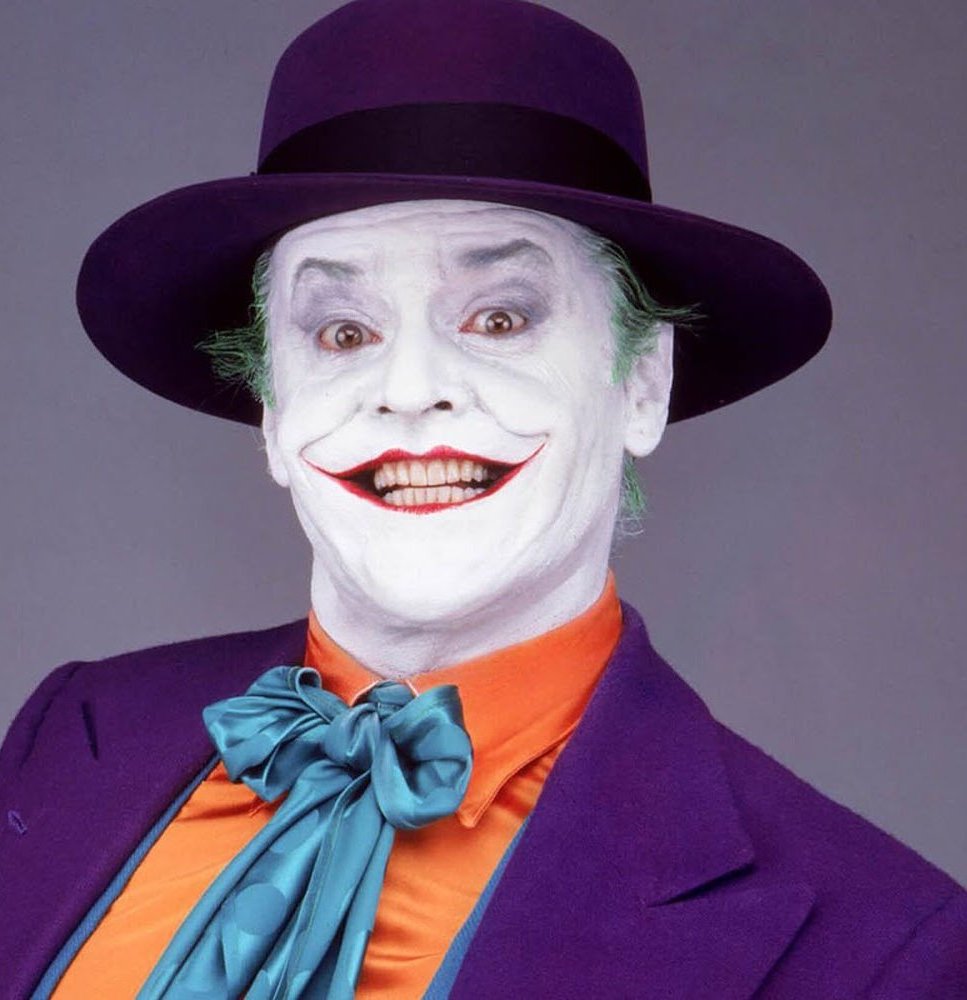
In contrast to the hugely negative reaction to Michael Keaton’s involvement in the film, Jack Nicholson was a hugely popular and obvious choice for the Joker. While actors from James Woods to even Robin Williams were in contention for the part, producer Jon Peters had speculatively approached Nicholson several years before pre-production begin.
[rtk_adunit_top]
Most famous for portraying the murderous Jack Torrance in The Shining (1980), Nicholson wanted to connect with Bob Kane and Bill Finger’s original intent for the character: far from Cesar Romero’s wisecracking megalomaniac, Nicholson intended for his Joker to be a true serial killer at heart.

In this version, it is the criminal Jack Napier who murders Batman’s parents, in a move that angered core Batman fans but certainly establishes Nicholson’s character as unhinged early in the film.
[rtk_adunit_middle]
Many of those who worked on the set, including Tim Burton, admitted that Nicholson so wholly became the character that it was difficult to tell where one stopped and the other began.
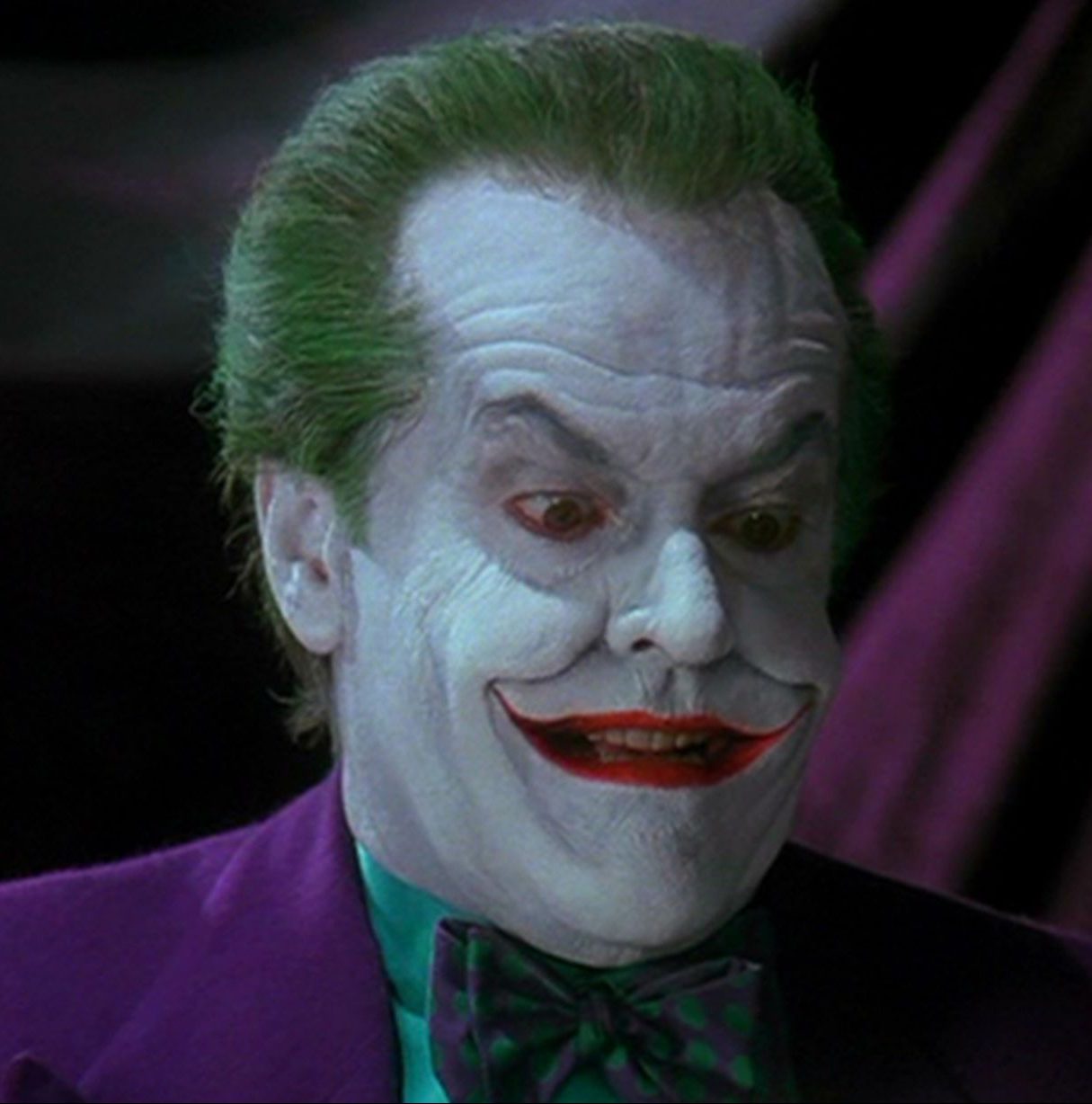
This was not lost on Nicholson himself. While he speaks little of how his dark roles have affected him psychologically, not least The Shining and the Joker, he did offer an ominous remark after Heath Ledger – his successor in the role – died of a drug overdose in 2008.
“Well, I warned him,” said Nicholson.
[rtk_adunit_end]

